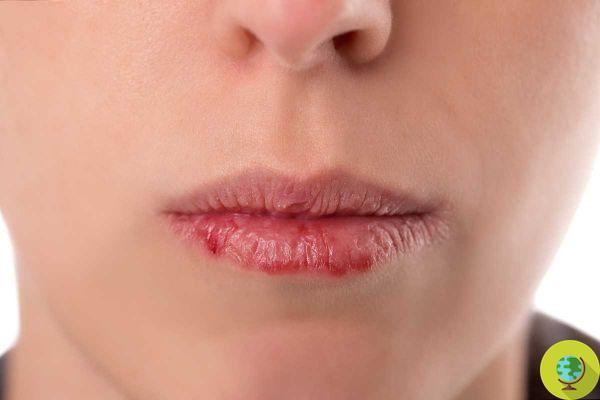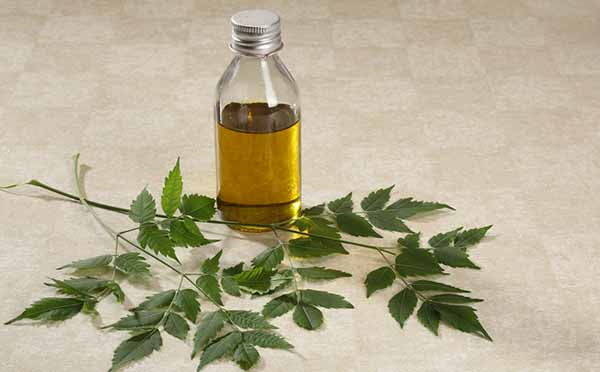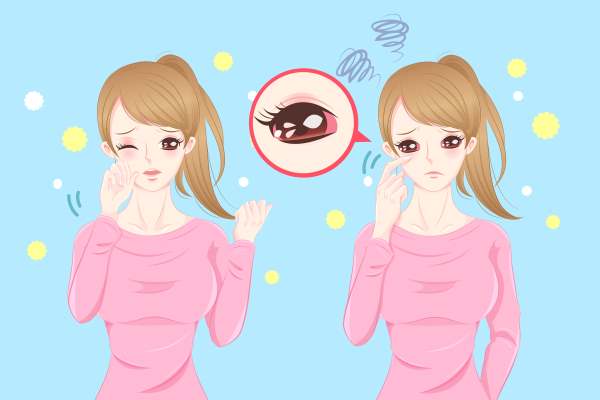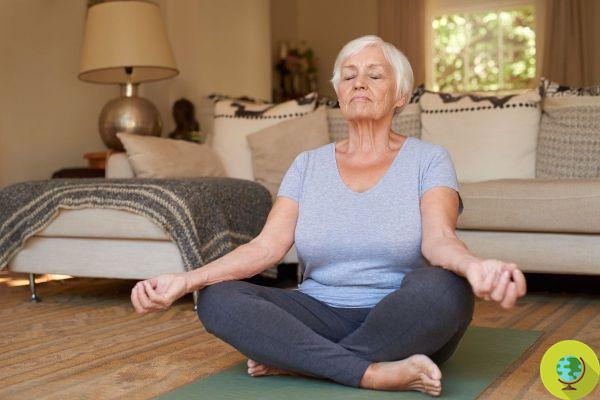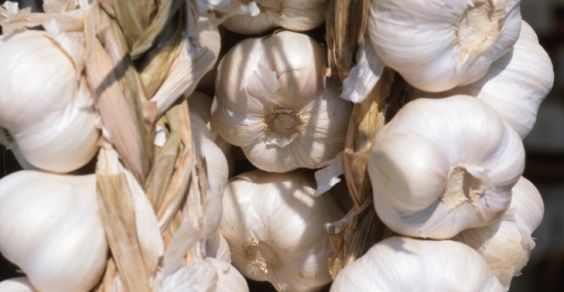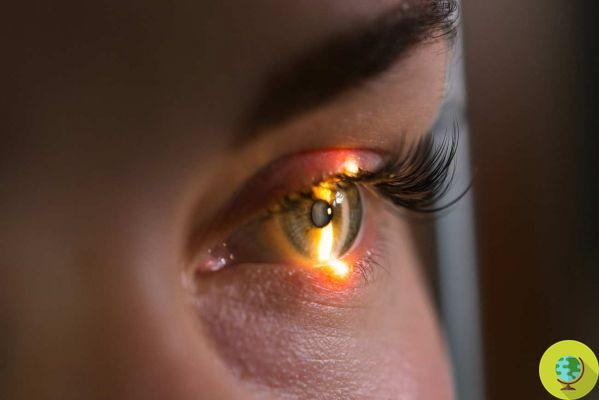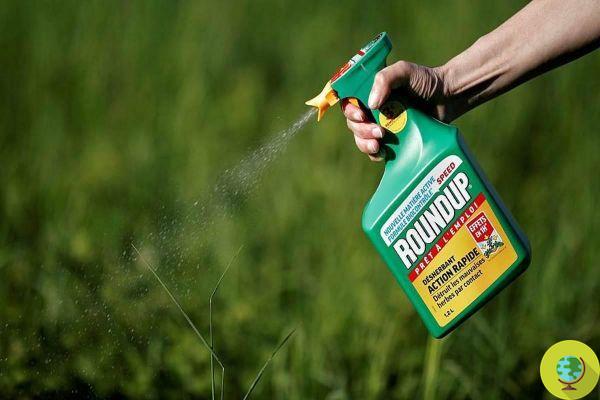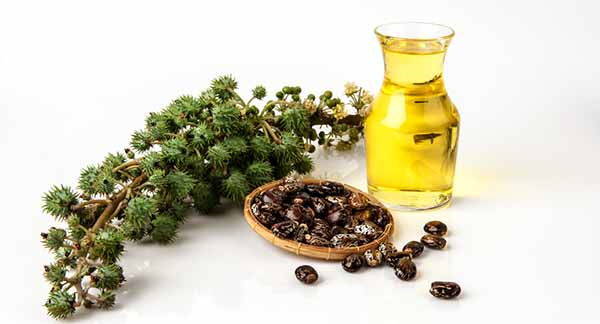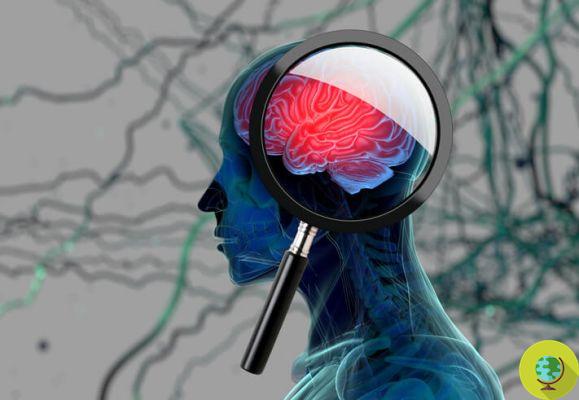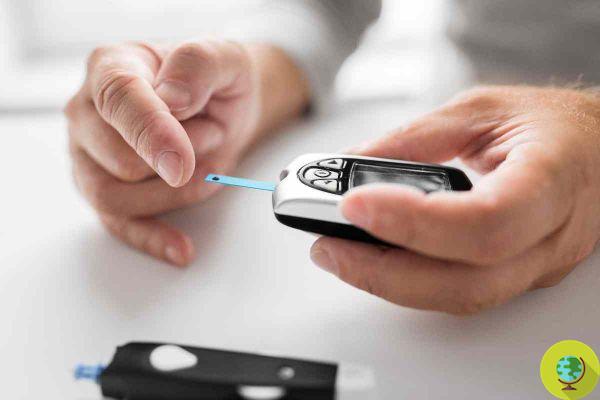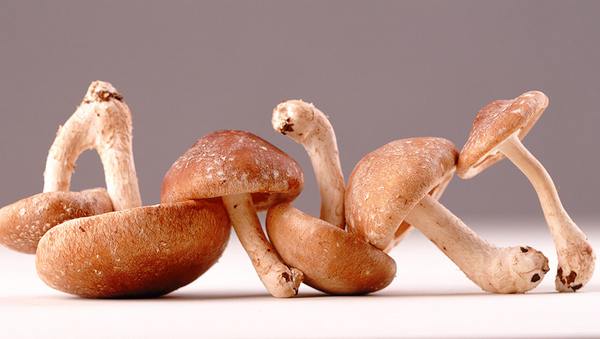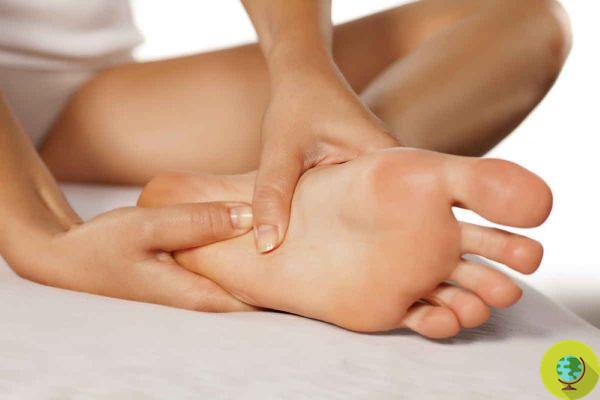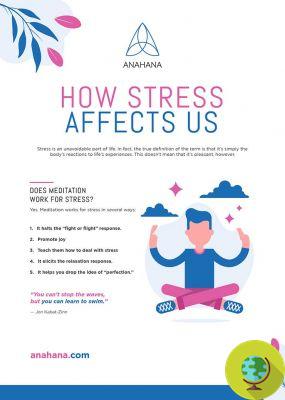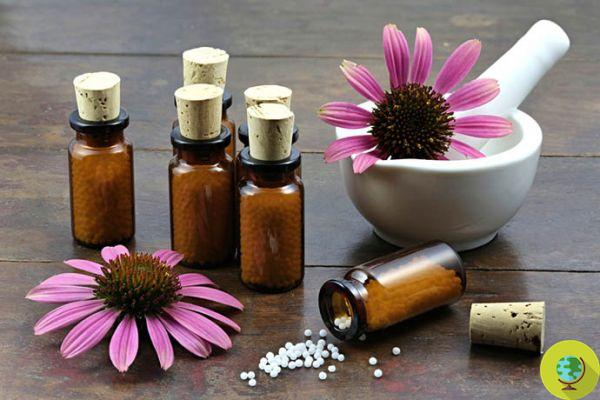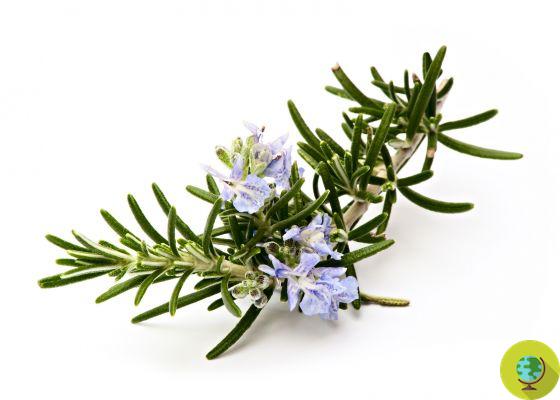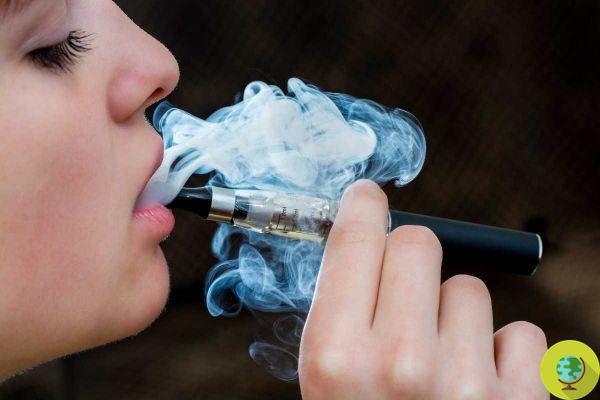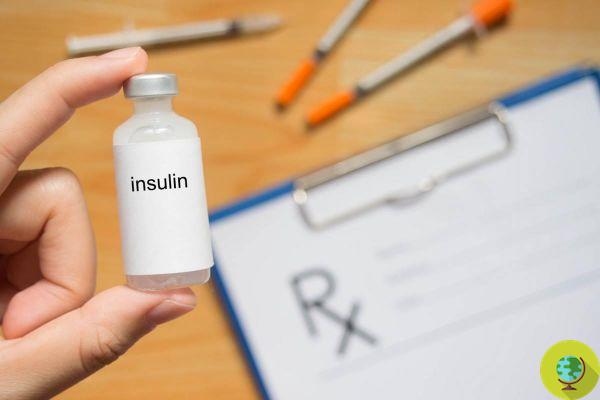Find out what sunspots are, what their causes and possible treatments to eliminate them. Here are all the natural remedies to mitigate them.
Le Sunspots also called age spots or liver spots, or even solar freckles, are very common in adults over the age of 50, but can also occur at a young age if you spend too much time in the sun without adequate protection.
These are brown and flat shades, which develop on the areas of the skin that are exposed to the sun. Sunspots they are harmless, that is, they are not carcinogenic and pose no health risk, nor do they require specific care, unless you are trying to remove them for cosmetic reasons. (Read also: Skin spots: 10 natural tricks and remedies)
They are a sign that the skin has received a lot of sun exposure, and are an attempt by the skin to protect itself from further damage.
Skin spots can affect people of all skin types, but are more common in adults with fair skin. Unlike freckles, which are common in babies and fade without UV exposure, age spots don't go away on their own.
There are many natural and do-it-yourself treatments, but also various aesthetic treatments, effective for fading or even remove sunspots.
Index
Skin spots: what they are
Skin spots have certain characteristics, such as:
- They are flat, oval areas of increased pigmentation
- They are usually light brown to dark brown
- Occur on skin that has had the most sun exposure over the years, such as the back of the hands, upper feet, face, shoulders, and upper back
- They range from the size of the freckle to about 1/2 inch (13 millimeters) in diameter
- They can cluster together, and be more noticeable.
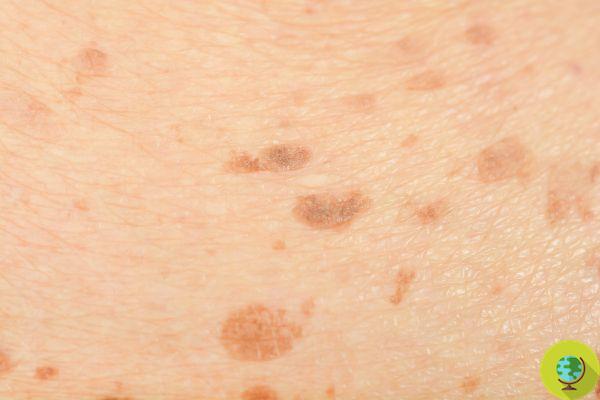
@Srisakorn Wonglakorn / 123rf
Causes of the spots
These pigmentation changes are caused by overactive pigmented cells. Ultraviolet (UV) light accelerates the production of melanin, a natural pigment that gives the skin its color. On skin that has had years of sun exposure, age spots appear when melanin builds up or is produced in high concentrations.
Also the use of lamps and tanning beds can cause skin spots; other risk factors I'm:
- Having fair skin
- Having a history of frequent or intense sun exposure or sunburn.
(Read also: Skin spots: 10 natural tricks and remedies)
Natural and DIY remedies to remove sunspots
Sunspots can be removed with natural remedies and do it yourself, as:
- Aloe: Aloe vera contains active compounds, including aloin and aloesin, which are effective in effectively lightening hyperpigmentation, including sunspots.
- Apple cider vinegar: according to a 2009 review onInternational Journal of Molecular Sciences Acetic acid in apple cider vinegar can help lighten sunspots when applied regularly.
- Tender: A 2011 study found that applying black tea water to blemishes twice a day for four weeks had a lightening effect on the skin.
- Green teaGreen tea extract was found to have a depigmenting effect, according to one review of 2013 published on Journal of Cutaneous and Aesthetic Surgery.
- Licorice extractLicorice extract is a common ingredient in many commercially available sunspot creams because it has been shown to lessen skin discoloration caused by sun damage.
- Latte: Milk, sour milk and buttermilk contain lactic acid which can help lighten skin pigmentation, including sun spots. Research has shown that it is also effective in cases of melasma.
- Vitamin C: : the antioxidant properties of vitamin C offer numerous benefits, including a protective effect against UVA and UVB rays. Topical application of vitamin C is also an effective way to lighten various dark spots caused by the sun.
- Vitamin E: one study suggests that dietary vitamin E and topical vitamin E oil help protect skin from sun damage, and lighten sun spots.
- Topical creamsThere are several over-the-counter creams that can be applied at home to reduce sunspots. Creams containing hydroxy acid, glycolic acid, kojic acid or deoxycarbutin are the most effective.
Professional treatments
If you do not want to resort to natural remedies you can turn to professionals to undergo specific aesthetic treatments with which to eliminate or reduce skin spots. The main ones are as follows:
- Intense pulsed light: effective for removing sunspots by heating and destroying melanin with pulses of light energy. To see results you have to undergo several sessions; each session lasts less than 30 minutes.
- Chemical peels: An acid solution applied to sunspots causes the skin to eventually peel off, so that new skin can grow. Chemical peels can cause a burning sensation that lasts a few minutes and can be painful. Pain relievers and cold packs can help cope with the discomfort while healing.
- Resurfacing laser: In laser skin resurfacing, a wand-like device delivers beams of light to the skin's layers until the sunspots are no longer visible, allowing new skin to grow in its place. Healing can take 10 to 21 days.
- Cryotherapy: cryotherapy is a fairly quick and effective procedure in the treatment of sunspots, and other skin lesions. A solution of liquid nitrogen or nitrous oxide is used to freeze sunspots.
- Microdermoabrasione: During this procedure, an applicator with an abrasive tip gently removes the outermost layer of the skin. Suction follows to remove dead skin. Microdermabrasion can cause mild pain, and temporary redness and tightness may occur after the procedure.
- Microneedling: This minimally invasive cosmetic procedure uses small needles to prick the skin. A topical anesthetic may be applied before treatment to reduce pain. Microneedling is generally used to induce the production of collagen and make the skin firmer and smoother, help with acne scars and reduce the appearance of sunspots. After this treatment, the skin will be slightly red and you may feel dryness and flaking for several days.

@Irina Ryabushkina/123rf
risks
Sunspots require no treatment, and real ones sunspots are not cancerous and they cannot become cancerous. They can be removed for cosmetic reasons, but leaving them poses no health risk.
Although the treatments are generally safe, some can cause temporary discomfort and redness. It is advisable to consult with your doctor about the possible risks associated with each treatment.
(Read also: Acne: better a mix of propolis, tea tree oil and aloe vera than antibiotic creams)
Preventing sunspots
The only way to prevent sunspots is to limit exposure to UVA and UVB rays. To prevent this skin blemish it is advisable:
- Avoid the sun between 10:00 and 14:00 as the sun's rays are more intense; try scheduling outdoor activities for other times of the day.
- Use the sunscreen 15 to 30 minutes before going outside, apply a broad spectrum sunscreen with a sun protection factor (SPF) of at least 30. Apply the sunscreen generously and reapply every two hours or more often if you are swimming or swimming. you are sweaty.
- To protect yourself from the sun, wear tightly woven clothing that covers your arms and legs and a wide-brimmed hat, which provides more protection, than a baseball cap or golf visor.
- Consider wearing clothing designed to provide sun protection. Look for clothes labeled with an ultraviolet protection factor (UPF) of 40 to 50 for the best protection.
(Read also: Sun creams, the list of the most effective and safe for adults and children (and the dangerous ingredients to avoid)
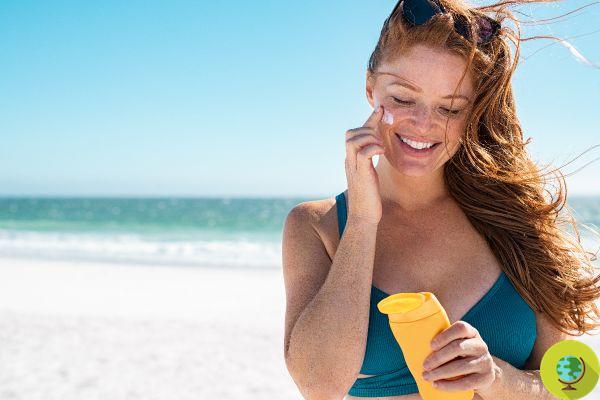
@Red_123rf
Sunspots, melasma or skin cancer: differences
Can't help but be worried when you notice a dark spot on your skin? Here are some features that can help you distinguish between sunspots, birthmarks, and skin cancer.
- Sunspots. These are flat areas of skin discoloration, they can be dark or with different shades of brown. They appear on the parts of the body most exposed to the sun, such as the face, shoulders, back and back of the hands. They often start appearing around the age of 40, although some people may develop them earlier; it all depends on the amount of sun exposure.
- Melasma. This is another common skin problem that affects sun-exposed areas, mainly the forehead, cheeks, nose, and upper lip. It causes brown or gray-brown patches on the skin, usually of the face. It is more common in women, according to the American Academy of Dermatology. Melasma can be activated by hormones. It is also very common during pregnancy and is often referred to as "pregnancy mask". Melasma is not cancerous, it is more of a cosmetic concern than a medical one.
- Freckles. Freckles are a hereditary trait most often seen in fair-skinned people, especially those with red hair. These are flat, brown spots that become more prominent in the summer when there is more sunshine. They fade or disappear in winter. Unlike sunspots, freckles become less noticeable as we age.
- Birthmarks. There are two main types of birthmarks: pigmented and vascular. Birthmarks can be flat or raised, large or small, and can be of various colors and shades, such as tan, brown, purple, red, and pale blue. Most of the birthmarks are harmless, but some can be associated with health problems.
- Skin cancer. According to the Skin Cancer Foundation, 1 in 5 Americans will develop skin cancer by age 70. Skin cancer results from the uncontrolled growth of abnormal skin cells and can be caused by the sun's UV rays, tanning beds, or genetic mutations. There are several types of skin cancer. The basocellular carcinoma is the most common type and the melanoma it is the most deadly. If you notice a new, changeable or growing patch with uneven edges, you need to see your doctor because it could be a possible skin cancer.
Sunspots are harmless, but any spots that grow rapidly, change in appearance, color, or look unusual should be evaluated by a doctor.
Could it be interesting for you:




